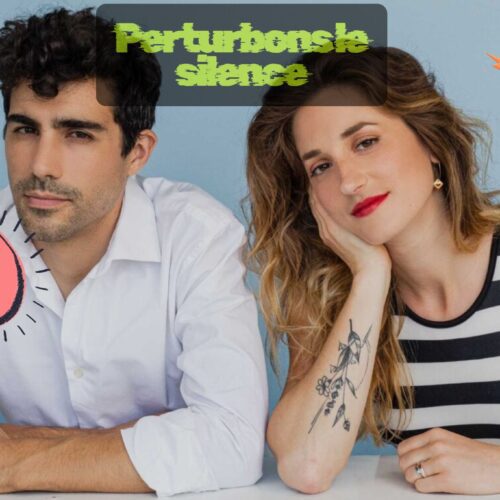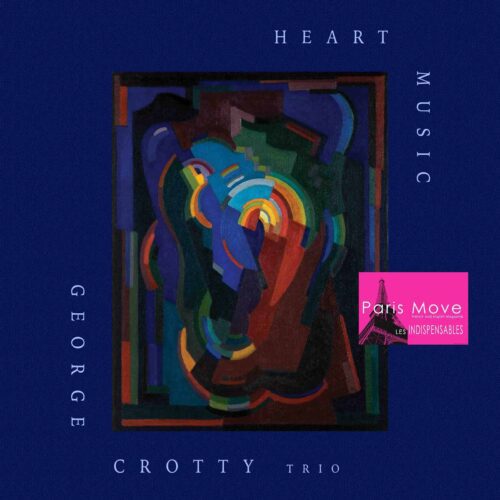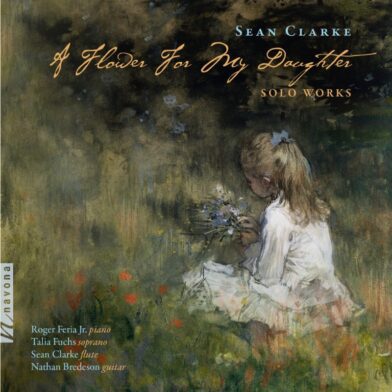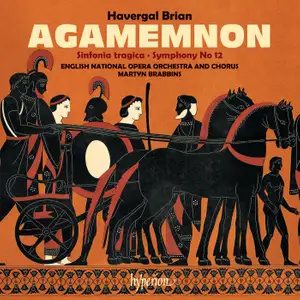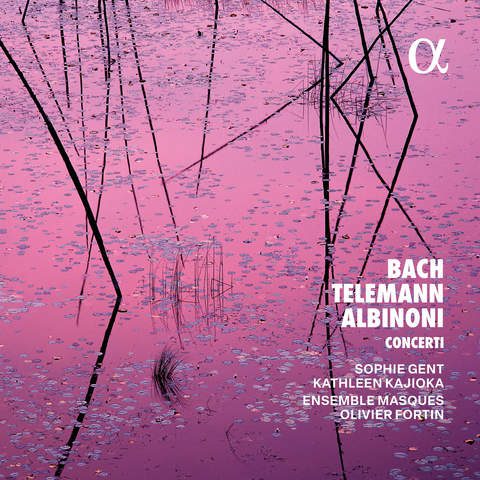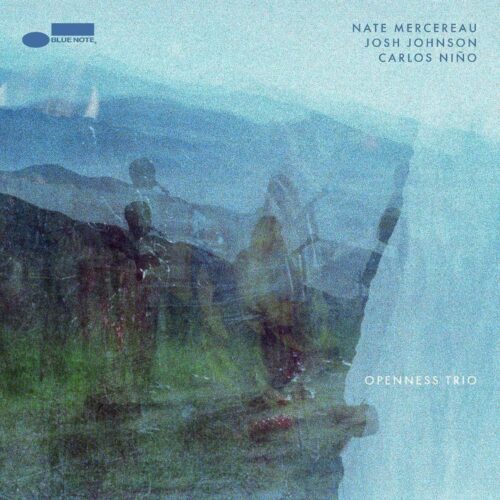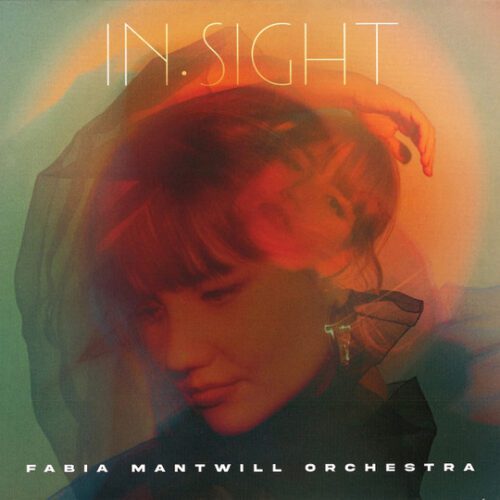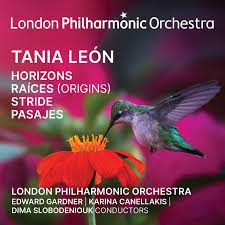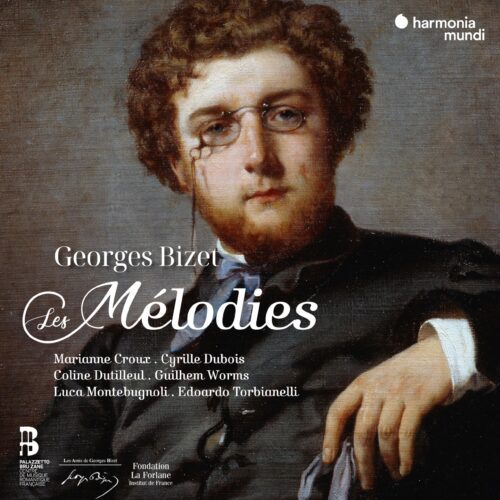Les Violons du Roy closed the 24-25 season at Salle Bourgie last night with a program of musical bubbles worthy of Mme Cliquot. The symphony “à la française” was in the spotlight. Mind you, not Franck’s or Ravel’s, but rather the first symphony, that of the origins. We’re talking here about Gossec and Rameau, as well as a certain Duport whom most music lovers, even those in the know, have never heard.
Under the direction and thematic construction of Nicolas Ellis, the program kicked off with a sparkling symphony by François-Joseph Gossec (1734-1829), a composer still much underestimated today. And yet, this little three-movement work, one of the 49 or so he composed, has much to seduce and delight: dashing melodies, an orchestration of exciting contrasts and cheerful rhythms make it a highly recommended listening pleasure for anyone with a passion for the vivacity of a Mozart or Haydn.
This was followed by a Cello Concerto, No. 6 in D minor, by Jean-Louis Duport (1749-1819), apparently a great virtuoso of the instrument in question. There’s no doubt about it, given the formidable nature of this score, and I weigh my words carefully. When you consider that even such a luminary as Raphaël Pidoux, a member of the Wanderer Trio (which is no mean feat), is not always able to emerge unscathed from the technical pitfalls imposed by Duport, it’s clear that this work represents a formidable challenge. That said, Pidoux has injected a dose of elegance and lyricism (very lyrical central andante cantabile) that is utterly seductive, and has been well received by the public, and rightly so. Here’s a work that deserves to attract the most seasoned of today’s soloists: there’s plenty to do!

The final part of the concert featured Jean-Philippe Rameau’s (1683-1764) “cosmic symphony”. The what? No, Rameau didn’t really write a “cosmic symphony”. In fact, it was a construction by conductor Nicolas Ellis, who drew on Rameau’s repertoire of operas and ballets to concoct a vast fresco in four movements evoking the creation of the world, the seasons, the earth, the wind, storms and even time. A fifth movement, a return to the interstellar, depicted the explosion of a supernova and featured a piece by Jean-Féry Rebel (1666-1741), Chaos, taken from his Élémens.
Ellis’s architecture works very well: the contrasts between the pieces create a narrative line that refuses to bore, and makes judicious use of some of the composer’s well-known tunes.
What impressed most – and this will come as no surprise – was the striking limpidity and surgical technicality of Les Violons du Roy. What a pleasure to hear this quality of playing, these abrupt contrasts perfectly achieved, these flights of tenderness chaining together piquant shears, and this perfect rapport with the discourse of the scores. Nicolas Ellis conducts with infectious freshness.
A very successful season finale.


